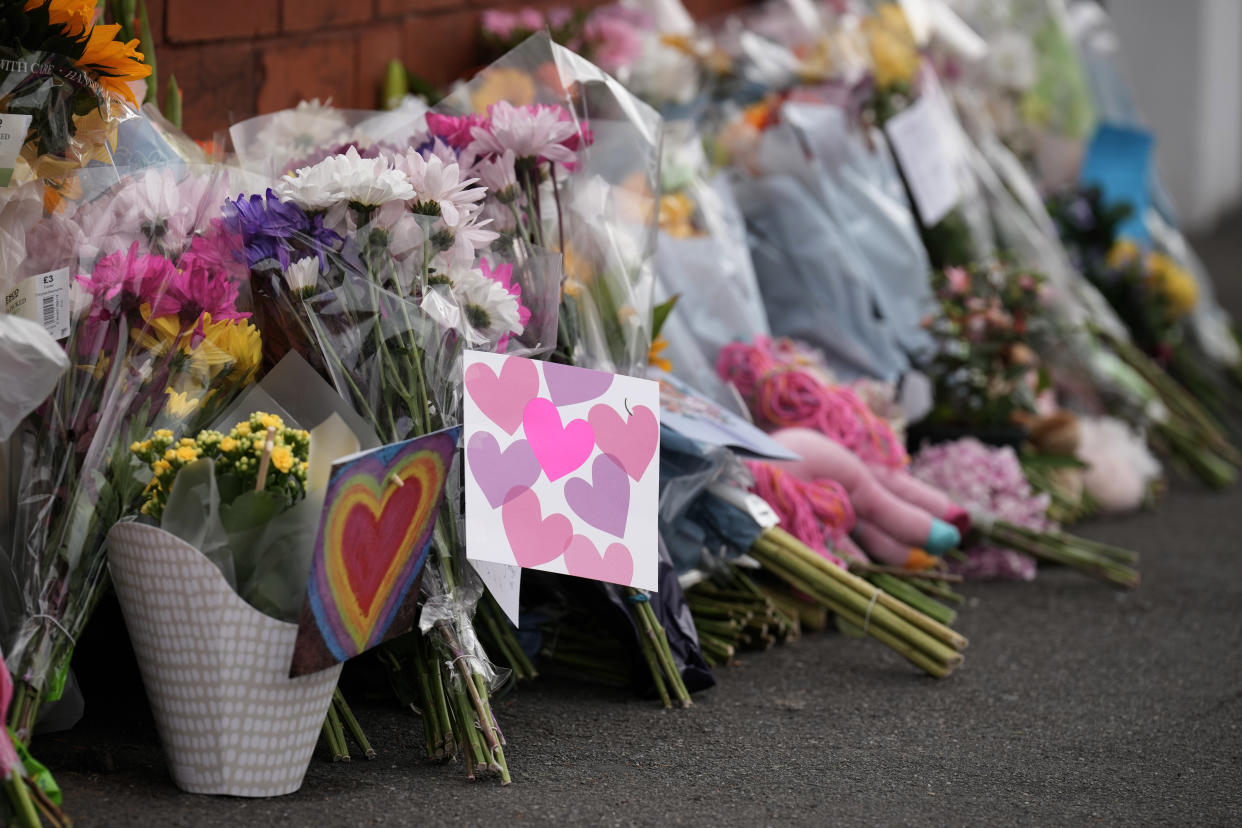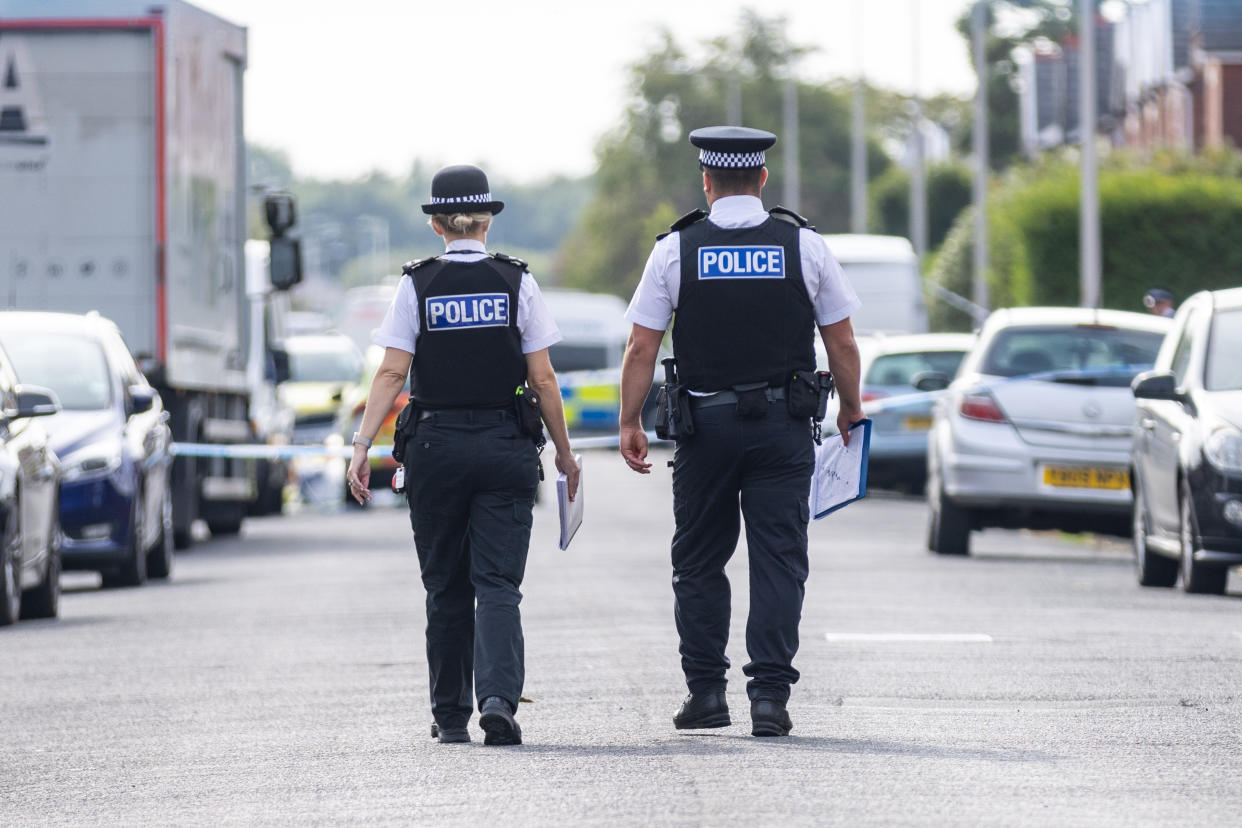Why journalists can’t name the mass Southport stabbing suspect

Police investigating the Southport mass stabbing have urged people not to speculate on details of the incident, saying a name being circulated on social media is "incorrect".
A statement issued by Merseyside Police in the aftermath of Monday's incident, which left three children dead, said: “A name has been shared on social media in connection with the suspect in the incident in Southport.
“This name is incorrect and we would urge people not to speculate on details of the incident while the investigation is ongoing.”
The force added: “This incident is not currently being treated as terror-related and we are not looking for anyone else in connection with it.”
So far, police have confirmed they have arrested a 17-year-old from Banks, Lancashire, on suspicion of murder and attempted murder.
So why has the suspect not been named at this stage?
Privacy laws and Bloomberg vs ZXC
One reason why media do not name suspects who have been arrested but not yet charged is a landmark appealing ruling in 2022 that saw the UK Supreme Court rule against Bloomberg News over its reporting of investigations into an American businessman.
The businessman – referred to as ZXC – sued Bloomberg over an article into allegations of fraud, bribery and corruption, claiming he had a reasonable expectation of privacy and brought a claim for misuse of private information against Bloomberg, according to the Reuters news agency.
The ruling means a person under criminal investigation has a reasonable expectation of privacy until they are charged.
It has prompted media companies to voice concerns over the impact such use of privacy laws would have on reporting in the public interest.
Anonymity for youths in law
In terms of criminal law, when youths appear in court, they are often granted anonymity in a range of settings to protect them.
There is an automatic ban on the identification of children in youth court proceedings, and if a youth appears in the crown court - as they would for a case like this - the judge can impose reporting restrictions ensuring their anonymity under Section 45 of the Youth Justice and Criminal Evidence Act 1999.
But while the suspect in the Southport stabbing will most likely be granted anonymity if he is charged and then tried in Crown Court, he could - legally - be named at this point, says journalist and media law expert David Banks.
This is because Section 44 of the Youth Justice and Criminal Evidence Act 1999 - which gives anonymity from the moment a criminal investigation begins - hasn't yet been activated, says Banks, creating a "loophole" that could be used, but often isn't.
"Successive governments haven't activated Section 44, which would make everything a whole lot simpler. Then you would never have any question over this issue."
Equally, if the boy turns 18, he will not automatically be entitled to anonymity - so could well be named - especially if his 18th birthday is imminent and happens before a case comes to court, should he be charged, said Banks.

The Editors' Code of Practice
Another reason to not name a 17-year-old suspect is the IPSO Editors' Code of Practice, which says: "Editors should avoid naming children who are arrested, unless their identity is already in the public domain."
It adds: "Sometimes, there are exceptions to clauses of the Code, if a journalist is able to show that there is a public interest. If a journalist wants to use a public interest exception and the issue is about a child, they must show an even greater public interest than for an adult."
Banks added: "There's been this loophole in terms of the law. However, the editor's code of practice says that even where you legally can, you shouldn't name a youth involved in criminal proceedings."
But he said there have been situations in the past, such as the murder of Leeds teacher Ann Maguire in 2014 at the hands of 15-year-old Will Cornick, where youths have been named, because there was believed to be an "overwhelming public interest" in identifying them.
"Very often this gets questioned in extraordinary and horrific events," he said. "Someone, an editor, might think this is such an horrific event that it is in the public interest to identify whoever it is. That's what they would argue if a complaint was made to IPSO - whether IPSO would agree would be another matter."


